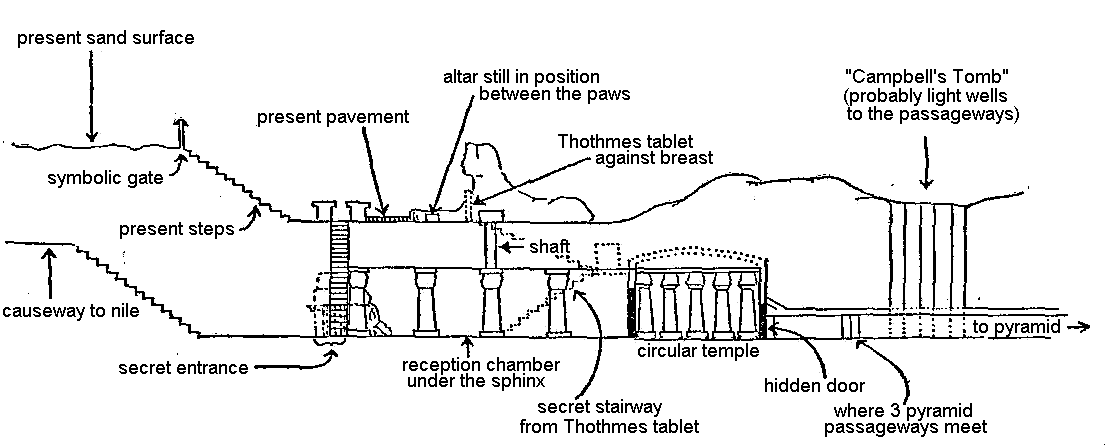
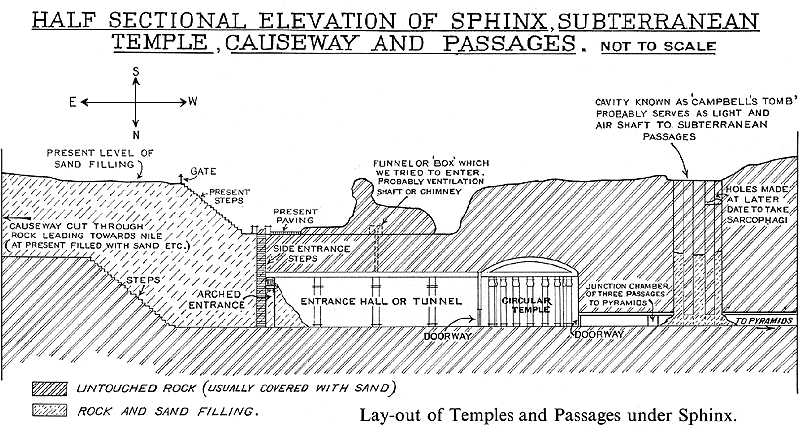
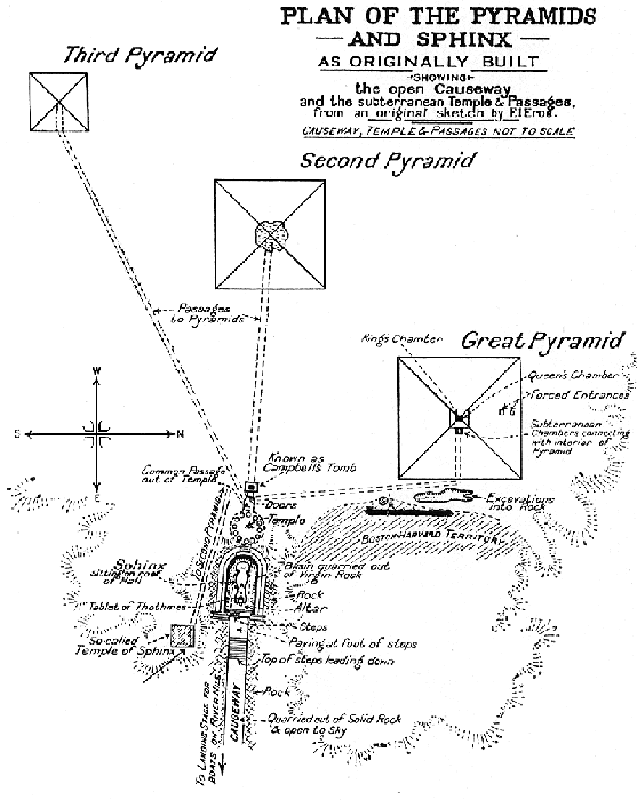
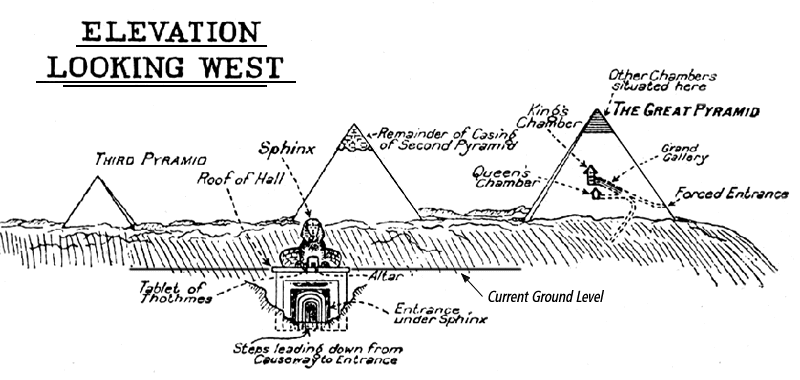
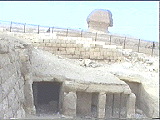
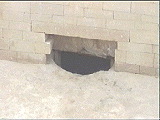
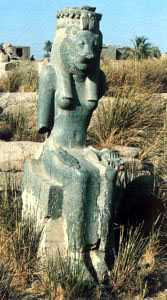
Cat-Headed Being: Sekhmet
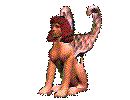


In a series of expeditions between 1991 and 1993 led
by John Anthony West, an independent Egyptologist,
scientific investigators conducted geological and
seismic surveys around the Great Sphinx of Egypt aalong with other researchers.
The team's conclusion: The pattern of erosion on the Sphinx
indicates that it was carved at the end of the last Ice
Age, when heavy rains fell on the eastern Sahara -
perhaps more than 12,000 years ago. This contrasts
starkly with the 'orthodox' Egyptological dating for the
Sphinx of around 4,500 years ago. Seismography: The seismic survery indicated the
existence of several unexplored tunnels and cavities in
the bedrock beneath the Sphinx, including a large
rectangluar chamber at a depth of some 25 feet
beneath the monument's front paws.
Sphinx imagery was historically adopted into Masonic architecture and symbolism after Egyptians, who placed sphinxes at the entrance of the temples to guard their mysteries, warning those who penetrated within they conceal a hidden knowledge. Champollion said the Sphinx became successively the symbol of each of the Gods. The placement of sphinxes expressed the idea that all the Gods were hidden from the people, and that the knowledge of them, guarded in the sanctuaries, is revealed to initiates only. As a Masonic emblem, the Sphinx was adopted as a symbol of mystery and as such often is found as sculptured in front of Masonic temples or engraved at the head of Masonic documents.
The Sphinx marks the westernmost limit of the northwestern part of the Sahara Desert, where elaborate imagery of its high plinth and the baleful visage of the black cat suggests of the Gods of ancient mythology who change form into animals. The three shapeshifting figures on the top of the "Scanus" are also very clearly the work of a cat deity, as is the Sphinx itself. Cat gods are believed to have inherited the nature-melding ability of their shapeshifting ancestors. There are also cat prophets, shapeshifting cats who are feared by human inhabitants of the jungles of Guatemala and the western coast of Mexico. In Peru, scientists have found traces of cat DNA on the lid of the tomb of a shapeshifter god, and they are convinced that an ancient leader of this tribe changed into a cat from which he emerged in front of a crowd in an elaborate ritual to instruct the group on the dance as well as prophesize the future.
Artemis, Gabija, Freyja, Shashti: Researchers who brought artifacts to test genetically said the DNA clearly matched the DNA of Egyptian cats, indicating that cat deities are directly linked to the origins of civilization. It suggests, they say, that cats spread as far as Madagascar (Atlantis). Researchers said that cats share more HID-77 genes than any other animal. Though more than 30 distinct species have evolved, the genetic makeup of modern domestic cats has mostly remained intact from the Egyptian deity era. The researchers used domestic cat fossils found in the Maoming region of China as well as cat remains found on three continents as models for comparison. Two were identified by researchers as highly distinct species of wild cats with distinct genetic variants, one in Australia, the other in Peru. The third was identified as a kitten belonging to a domestic cat in the U.S. Because of its highly sought after treasures, gold and jewels, the cat Gods may not have traveled outside Egypt for thousands of years. This was captured on a film that linked the Sphinx to Atlantis and suggested
that the chamber beneath her paws might contain the
legendary 'Hall of Records' of Atlantis, or ACE.
Dr. Zahi Hawass calls these claims:
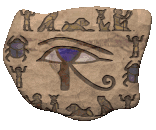
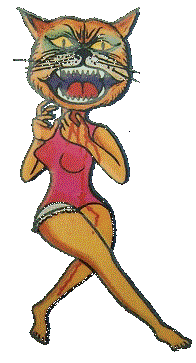
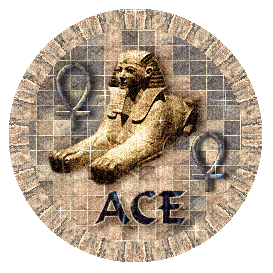
"American hallucinations...There is no
scientific base for any of this. We have older
monuments in the same area. They definitely weren't
built by men from Atlantis. It's nonsense and we won't
allow our monuments to be exploited for personal
enrichment. The Sphinx is the soul of Egypt."
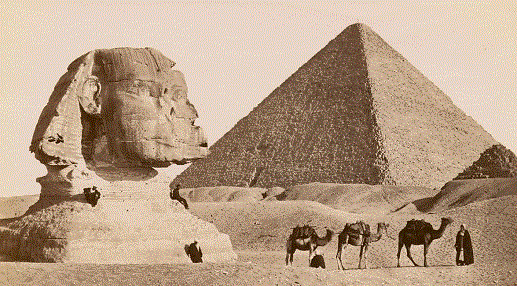

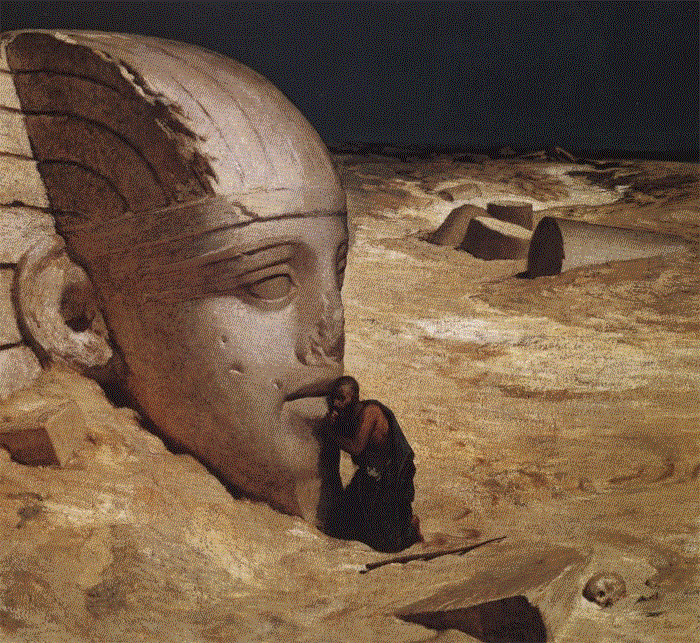

The Hand of the Cult of Sabazios
POD 1839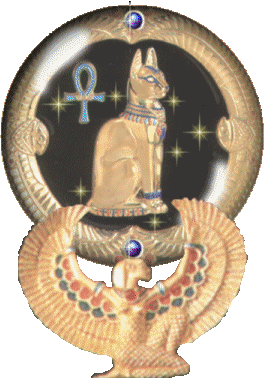
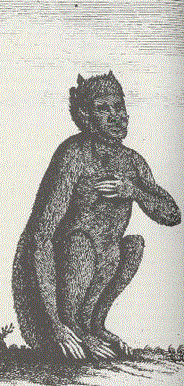
In ancient Egyptian mythology - the Lion or Cat represents Creation - Lioness - Sphinx - her male counterpart - Leo - who has supposedly been in power since the Age of Leo - approximately 13,000 years ago. Precession of the Equinoxes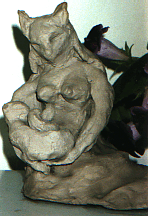
The Goddess Bast - Bast is the Egyptian Goddess and protector of cats, women and children. She is Goddess of sunrise. Her goddess duty changed over the years, but, she is also known as a goddess of love, fertility, birth, music and dance. Bastet is a cat-headed goddess, a local deity of the delta. Cats were sacred to Bast as a symbol of animal passion. Bast's devotees celebrated their lady with processions of flower-laden barges and orgiastic ceremonies. Her festivals were licentious and quite popular.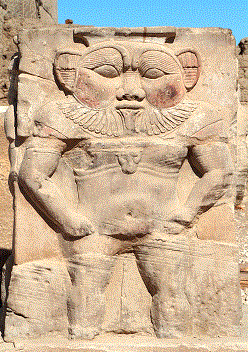
The God Bes - Dwarf lion God of luck and fortune, Bes was much favored by women in Ancient Egypt. He was associated with childbirth and the home. Bes is most often shown as a dancing grotesque, with his tongue protruding and a strange half lion, half mask-like face. He wears a lion skin with the tail dangling down behind him, and often a tall crown of feathers.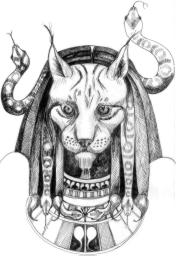
The Goddess Mafdet - This Goddess prevails over snakes and scorpions. She is probably one of the earliest feline deities and was either a cheetah, a lynx or a leopard. She was described as having plaited hair, which was said to represent the linked bodies of the scorpions she killed. As of yet, we know little of Mafdet, other than what we've learned subjectively through visualizations. Her name has been said to mean 'runner', which does suggest a link with the cheetah, the fastest of felines.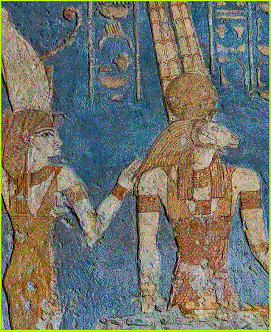
The Goddess Mut - A widely-worshipped mother Goddess, Mut is yet another deity who can have a fully human or lioness-headed form. She was the consort of Amun-Ra and the mother of the moon god, Khonsu. Apart from the cat and the lion, her other sacred animal was the vulture.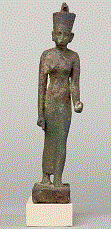
The Goddess Neith - A mother of the Gods, Neith was most often seen as a fully human woman, sometimes holding a bow and arrows. However, she did have a lioness-headed aspect. Neith is unusual in that she has a androgynous aspect, in that she was supposed to have self-generated and to have both male and female elements in her nature.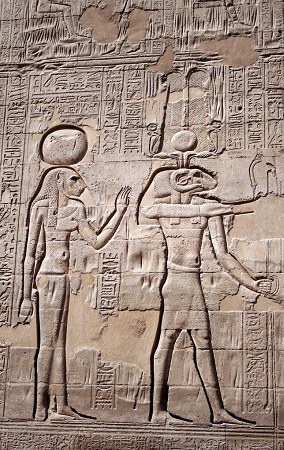
The Goddess Pakhet - A lioness-headed goddess, Pakhet is virtually unknown in comparison to Bast and Sekhmet, but she was a major goddess in her own right. As Bast's region was Lower Egypt and Sekhmet's Upper Egypt, Pakhet was worshipped in Middle Egypt, and had a temple which was cut out of the solid rock near the modern day village of Beni Hasan in the eastern desert. Like Sekhmet, she was seen as something of a ferocious Goddess, for her name means 'the tearer' or 'she who snatches'.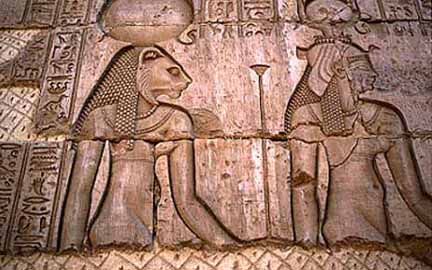
The Goddess Sekhmet - A lion-headed goddess of war and battle of Memphis. She is the power that protects the good and annihilates the wicked. Sekhmet is the wrathful form of Hathor (goddess of joy, music, dance, sexual love, pregnancy and birth). With leonine head, female human body and the strength of her father, she is the noontime sun - intense blinding heat. Sekhmet is the triad goddess of Memphis with her husband Ptah, god of arts and crafts. Nefertum was their son and the third member of the triad. Ptah is the creative potter-god who shaped the world and heavens assisted by the seven wise worker-dwarfs of Khnemu.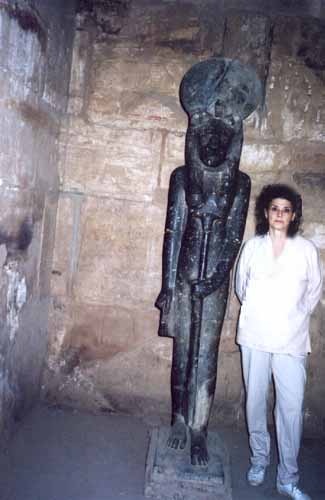
The Goddess Tefnut - Tefnut, along with her twin brother Shu, were the first Gods to be created by Atum or Ra. Tefnut personified moisture, and Shu personified the sky. They had two children, Geb, the earth, and Nut, the sky. In this way, air and moisture, earth and sky were created in sequence. Once these elements came together the physical world came into being. Tefnut is often depicted in human form but also has a lioness-headed aspect. Like Sekhmet, Bast and Hathor, she is known as an Eye of Ra.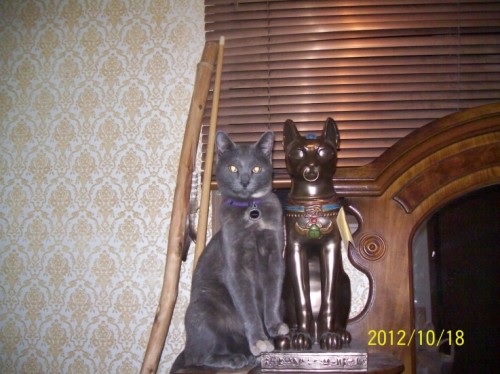
DISTURBING IMAGE WARNING: Talia_Sabri2.jpg
.gif)